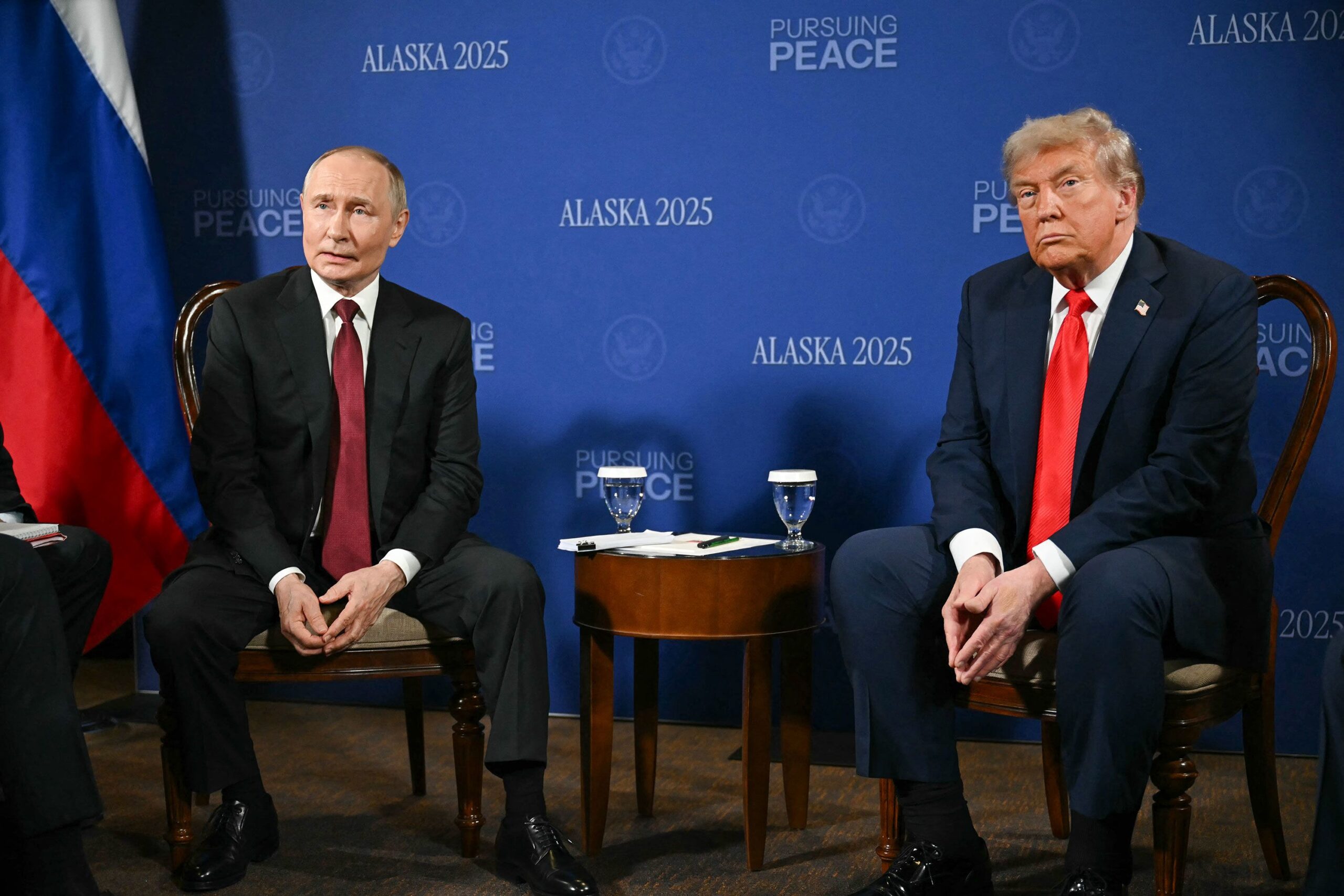Trump’s Post-Summit Policy Reversal Signals a New Phase in the Ukraine Conflict
After months of stalled peace talks, the geopolitical landscape surrounding the Russia-Ukraine war is once again shifting. Following his summer meeting with Vladimir Putin in Alaska, President Donald Trump has reportedly approved a major change in U.S. strategy. It involves expanding intelligence sharing with Ukraine to include potential targets deep within Russian territory, particularly in the energy sector.
The new approach stands in stark contrast to earlier restrictions that prohibited Kyiv from striking Russian oil, gas, and power facilities. Trump’s stance shifted after the summit failed to yield a ceasefire or negotiation framework. This prompted Washington to recalibrate its pressure campaign on Moscow. According to U.S. officials, the aim is to weaken Russia’s energy export capacity, disrupt its wartime financing, and force concessions at the diplomatic table.
With Ukraine President Volodymyr Zelensky set to meet Trump at the White House, the discussion now centers on long-range weaponry. These weapons are capable of striking key Russian infrastructure. Ukraine’s strategy increasingly relies on energy-related attacks to erode Russia’s operational stability. This reflects a broader understanding that economic disruption can be as decisive as battlefield victories.
For reference on the strategic context of U.S.–Ukraine relations, see The White House, U.S. Department of Defense, and NATO resources that outline allied coordination on defense and intelligence support.
The Role of Long-Range Weapons and U.S. Approval
Ukraine’s requests for Tomahawk cruise missiles and Extended Range Attack Munition (ERAM) systems mark a pivotal escalation. These long-range systems are capable of reaching 1,500 miles. They would allow Ukraine to strike deep inside Russian territory, including fuel depots, refining plants, and power grids — assets that sustain Moscow’s war machine.
The Trump administration’s openness to these transfers contrasts with earlier caution about provoking Russia. A senior defense analyst noted that the Tomahawk’s range and precision could transform Ukraine’s deterrence posture. It introduces a credible threat to Russia’s energy and logistics networks. Such weapons also serve as political leverage. Washington can use their delivery — or the threat of it — as a diplomatic instrument in ongoing negotiations.
The Kremlin, however, has reacted with alarm. Russian officials warned that U.S. personnel might need to operate or maintain such systems, raising fears of direct confrontation. Yet, for Kyiv, the ability to threaten Russia’s economic base represents one of the few tools left. It is crucial to shift momentum in a war of attrition that has already cost millions of lives and displaced countless civilians.
To understand the technical capabilities of Tomahawk systems and their use in previous conflicts, visit Lockheed Martin’s defense page for background on advanced precision-guided munitions.
Strategic Implications: Economic Pressure and the Energy Front
Targeting Russia’s energy sector goes beyond immediate military objectives. Energy exports account for a substantial portion of the Kremlin’s budget, enabling the financing of its war effort. By striking refineries, pipelines, and storage terminals, Ukraine hopes to undercut that economic foundation. The move also highlights how modern warfare increasingly intertwines with economic statecraft. Nations use both sanctions and precision attacks to reshape adversaries’ resilience.
Analysts argue that this evolving strategy reflects a recognition of energy as both a vulnerability and a weapon. The International Energy Agency (IEA) has warned that disruptions to Russia’s energy infrastructure could reverberate across global oil markets, potentially driving volatility in Europe and Asia. Still, proponents contend that sustained pressure on Russia’s energy system could accelerate the end of hostilities. This may force Moscow into new negotiations under less favorable terms.
Trump’s apparent endorsement of this harder line underscores how his administration now views the conflict as inseparable from broader U.S. national interests. This is particularly the need to curb Russian influence over global energy flows. As the U.S. ramps up support for Ukraine’s long-range strike capability, both nations are redefining what “pressure for peace” means in a world where diplomacy and firepower increasingly converge.







